LA VOIX – Synthétique PHILIPPE HIQUILY
- Dimensions : 97.5 × 74 cm
- Year :
- Genre : Painting
- Technique : Image captures and canvas prints
- Support : Canvas
- Medium : Ink
More informations
From the sculpture "La voix"
Series of 94 phototypes from video synthesizer
This work is listed in the Artist's Raised Catalog (page 213) under the reference number: 1011 - 73.Des.SV1.PU.DI.24
WORK
The video synthesizers are instruments of productions of electronic visual imagings, which have been invented in the 1960’s and developed in the 1970’s. These video synthesizers are characterised by the capacity to generate, in an independent way, forms from electronic components. Among the famous synthesizers, Eric Siegel conceived in United States, the PCS (Processing Chrominance Synthesizer) in 1968 which ‘colors’ images from a black and white signal, and in 1970 the EVS (Electronic Video Synthesizer), which, not only colors, but also generates abstract forms. But it is mostly the artist Nam June Paik, as a resident of the WGHB of Boston, who in the 1969-1970 developed an artistic reflection on the digital image, by imagining, in collaboration with the Japanese engineer Shuya Abe, a synthesizer able to create its own images.
It is in the lineage of these experiences that Philippe Hiquily is associating with Marcel Dupouy between 1973 and 1974, to integrate his Movicolor, created between 1971 and 1972, in a prospect of plastic research. Together, they realize different series of synthetic images, constituted from a video treatment of the artist’s sculpture « La Voix ». On the basis of a scalable recreation and colourisation of the form of the sculpture through variations of video electronic oscillations. In the wake of this experiment, he tried to transpose these images on more standard supports in plastic arts. In order to print one of this images on a canvas, Hiquily had to go as far as Japan, which was the only country to own the necessary technology for the print. Because of these complications, only one canvas has been printed and, besides an exhibition at the Salon de Mai in 1977, this series remains unpublished.
ARTIST
Philippe Hiquily, born March 27, 1925 in the 18th arrondissement of Paris, died March 27, 2013 in Villejuif, was a French sculptor and designer. At 18 years old, Philippe Hiquily enlisted in the army to break with his family and took part in the campaigns in France and Indochina (1945). He has been a metal sculptor since the early 1950s (iron, sheet metal, brass, aluminum).
At the Ecole des Beaux-Arts in Paris from 1948 to 1953, he frequented the workshops of sculptors Jean Tinguely and Germaine Richier, for whom he made sculpture pedestals. He exhibited for the first time in 1955 at the Palmes gallery in Paris, then at the Contemporaries gallery in New York in 1959, where he met the great names of American art (Léo Castelli, Rauschenberg, James Rosenquist, Jasper Johns, Isamu Noguchi…). Success was not long in coming: the prestigious New York museums (MOMA and Guggenheim) bought several of his works. However, he will experience a crossing of the desert from 1965 to 1980, without however stopping to create.
His studio was for a long time located in the 14th arrondissement of Paris, rue Raymond Losserand, at 32, now converted into an apartment. A copy of La Marathonienne is on display in the courtyard to remind us that this is where Hiquily's genius flourished. He exhibited regularly at the Salon de Mai and Jeune sculpture in Paris. From 1960, he created furniture, furniture with a dreamlike and surreal spirit. The creation of bronzes began around 1980.
Shop
The same artist
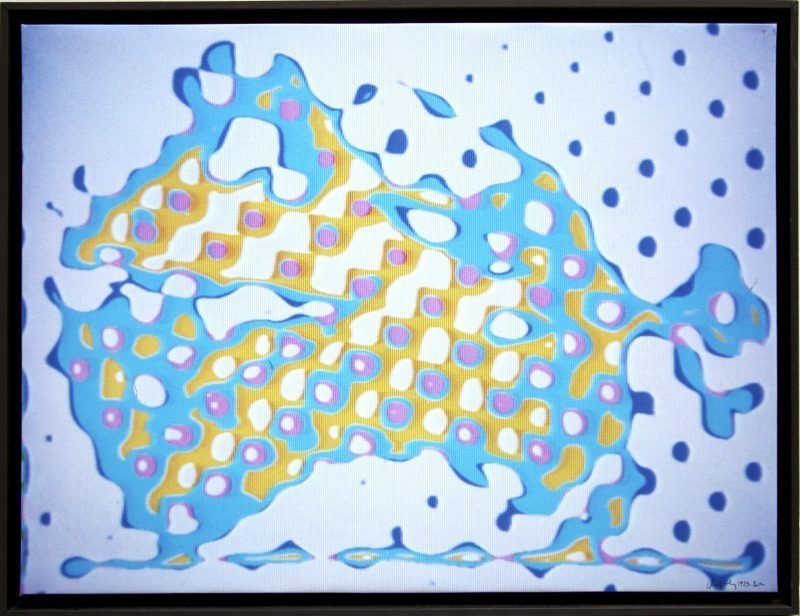
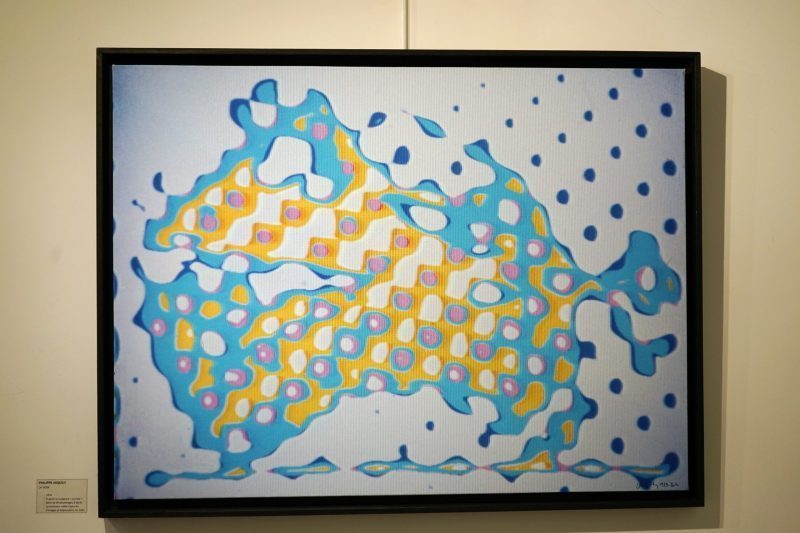


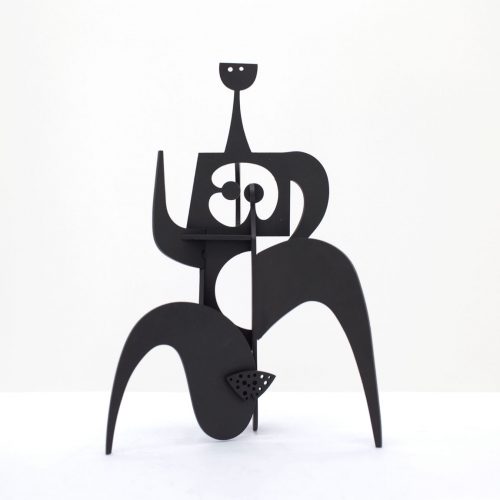 Marathonienne
Marathonienne DVD – PHILIPPE HIQUILY – L’ÉLOGE DE L’ÉROTISME EN SCULPTURE
DVD – PHILIPPE HIQUILY – L’ÉLOGE DE L’ÉROTISME EN SCULPTURE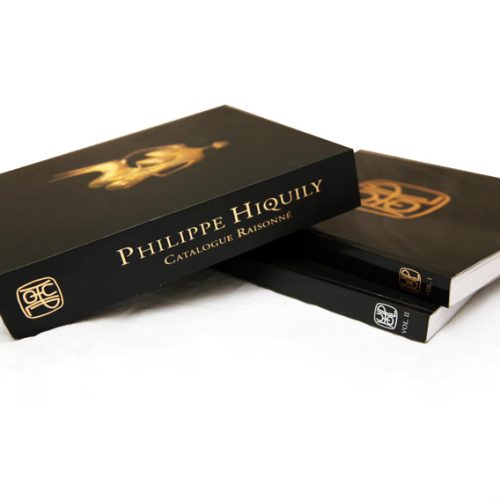 PHILIPPE HIQUILY CATALOGUE RAISONNÉ, 2012
PHILIPPE HIQUILY CATALOGUE RAISONNÉ, 2012 Summer Weathervane
Summer Weathervane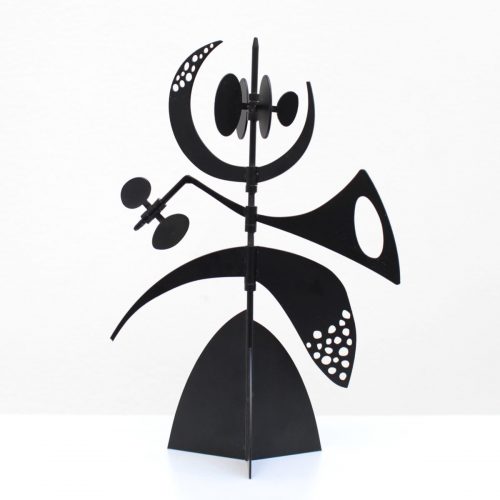 Girouette Hiver
Girouette Hiver Épicurienne
Épicurienne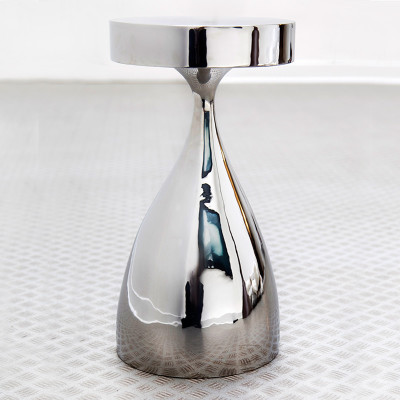 QUILLE STAINLESS STEEL
QUILLE STAINLESS STEEL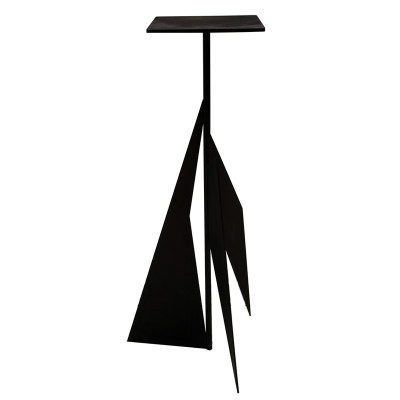 SELLETTE – Black
SELLETTE – Black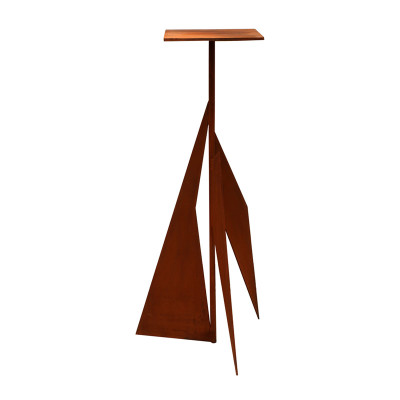 SELLETTE – Rust
SELLETTE – Rust LA PARADE
LA PARADE Le Dard
Le Dard ÉPICURIENNE H.115cm Black
ÉPICURIENNE H.115cm Black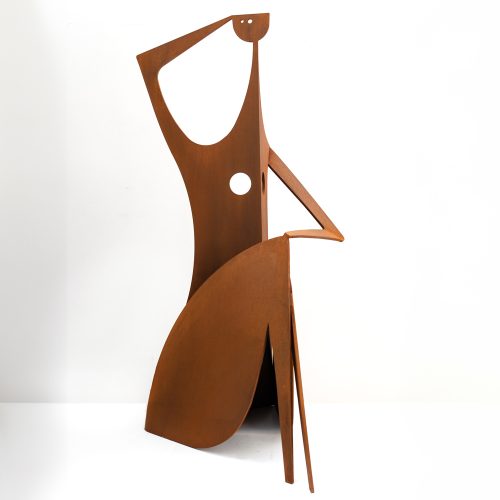 ÉPICURIENNE H.115cm
ÉPICURIENNE H.115cm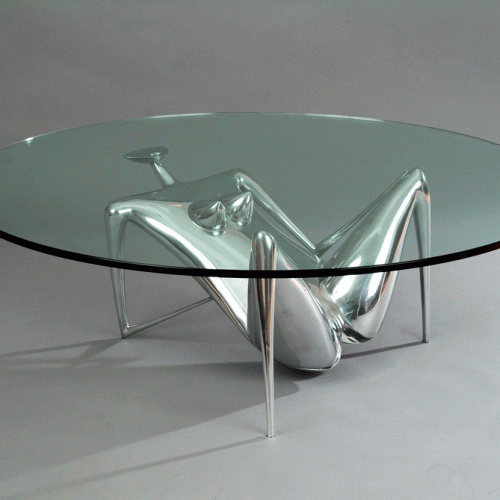 Table LEDA
Table LEDA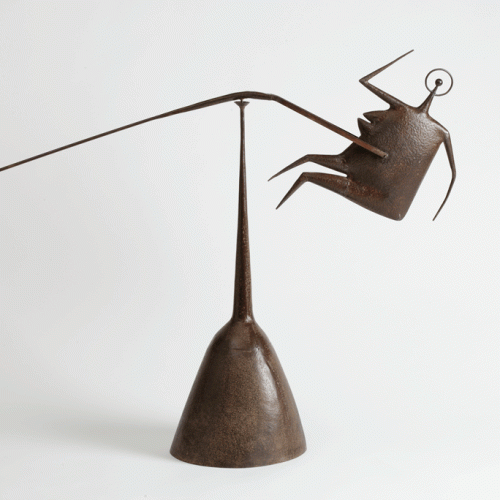 COSMONAUTE – Original
COSMONAUTE – Original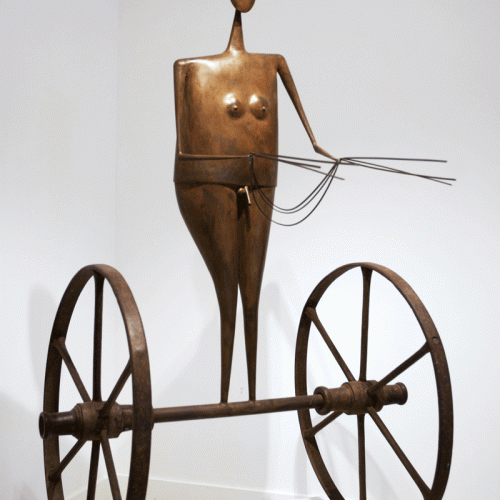 L’AURIGE
L’AURIGE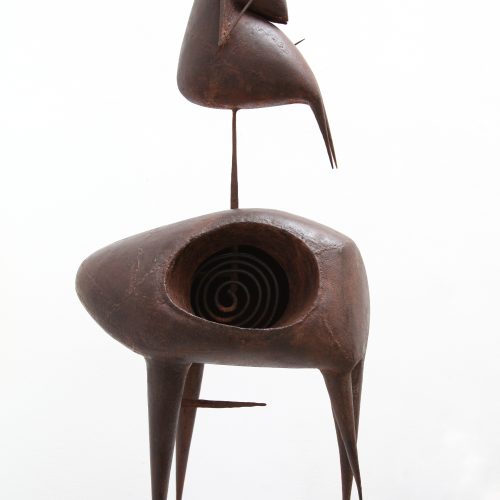 L’ECUYER
L’ECUYER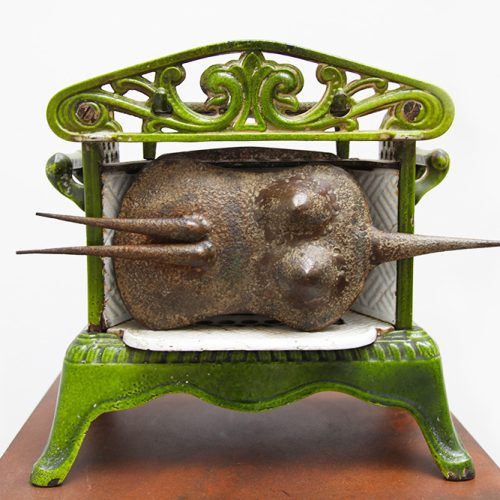 Little housewife
Little housewife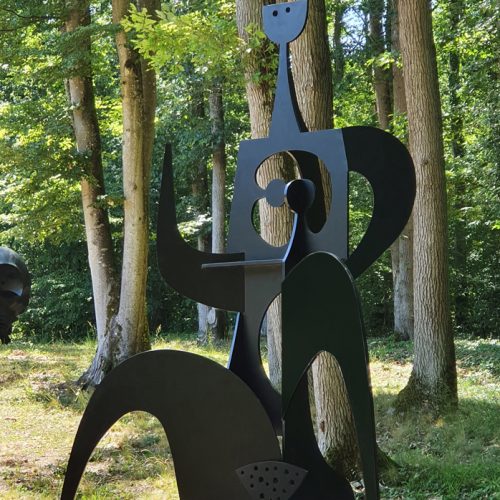 MARATHONIENNE H.350 cm Noir
MARATHONIENNE H.350 cm Noir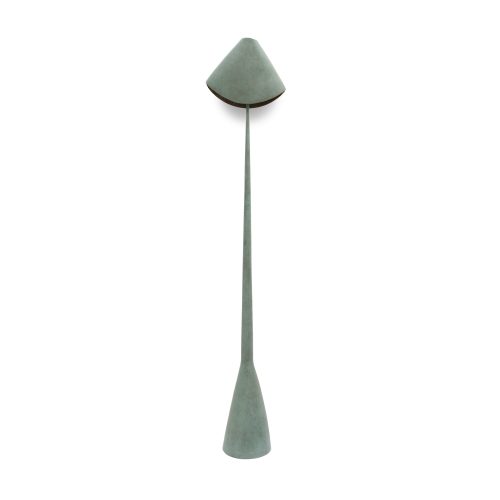 GREEN FLOOR LAMP
GREEN FLOOR LAMP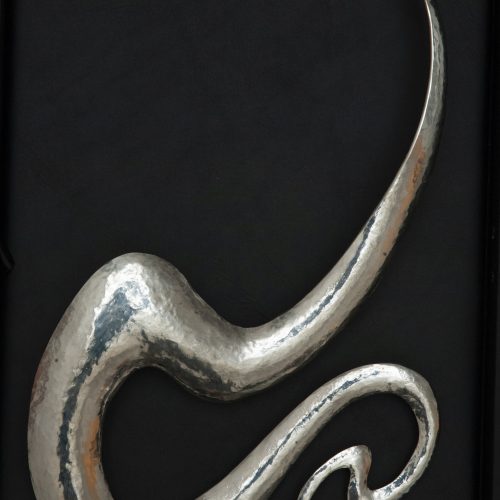 COLLIER SERPENT
COLLIER SERPENT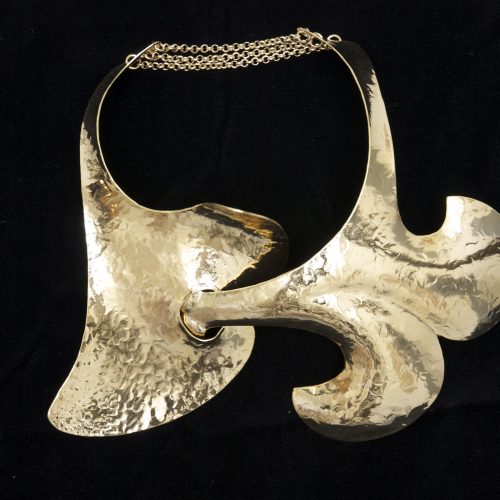 COLLIER ACCOUPLEMENT
COLLIER ACCOUPLEMENT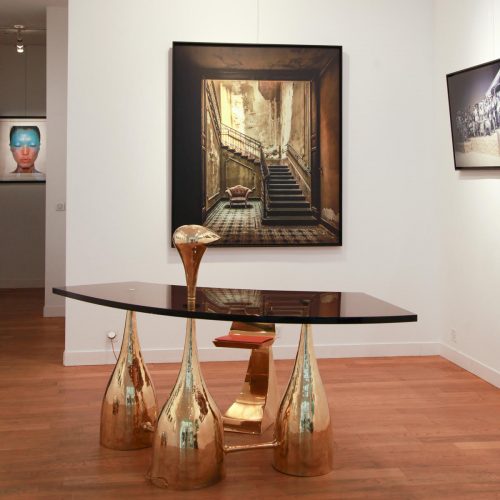 BUREAU AVEC LAMPE INTÉGRÉE
BUREAU AVEC LAMPE INTÉGRÉE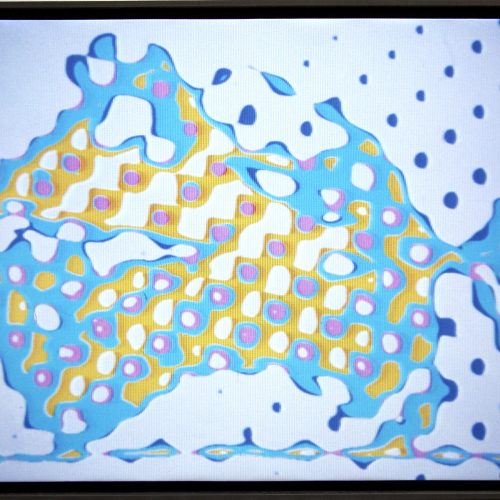 LA VOIX – Synthétique
LA VOIX – Synthétique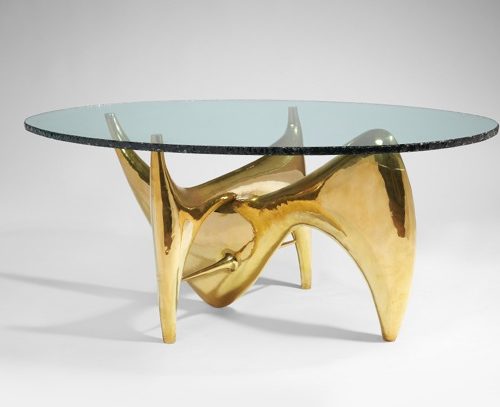 COFFEE TABLE BASED ON DRAWING FROM THE 1970
COFFEE TABLE BASED ON DRAWING FROM THE 1970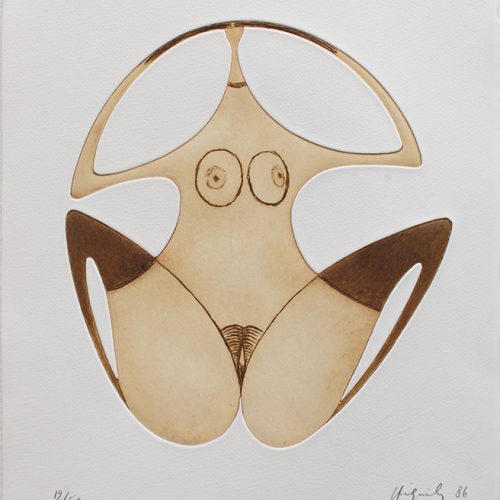 LA FEMME GRENOUILLE
LA FEMME GRENOUILLE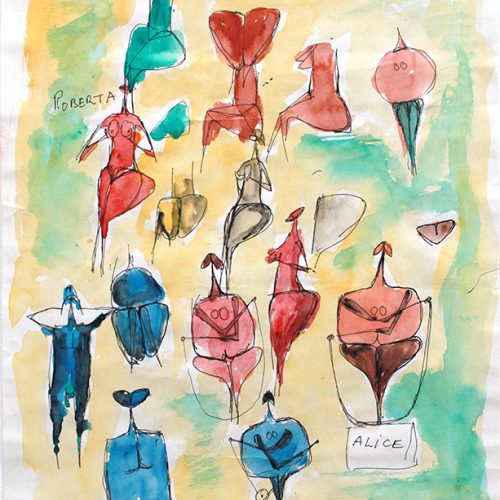 Roberta & Alice
Roberta & Alice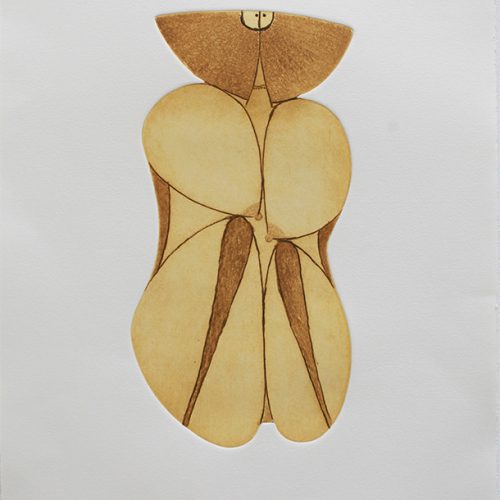 La Crinière
La Crinière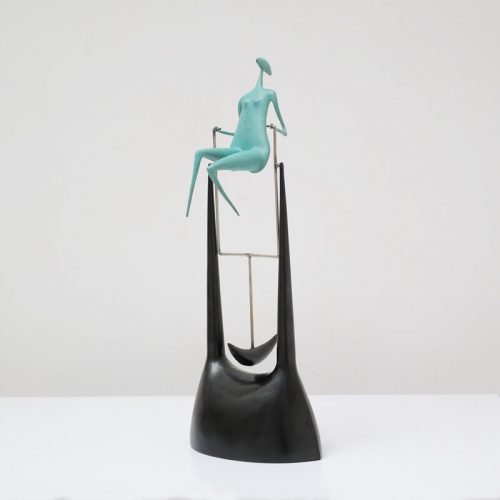 Petite Galipette
Petite Galipette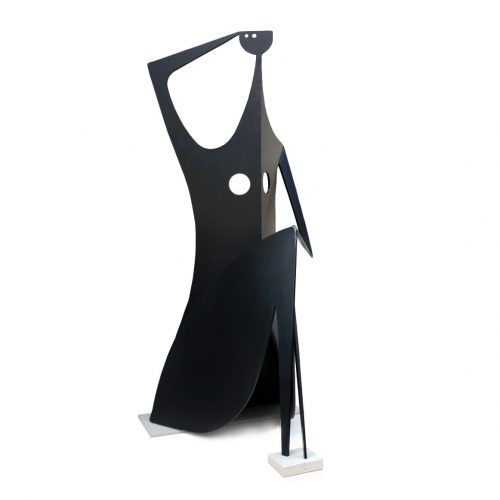 Épicurienne H.180cm
Épicurienne H.180cm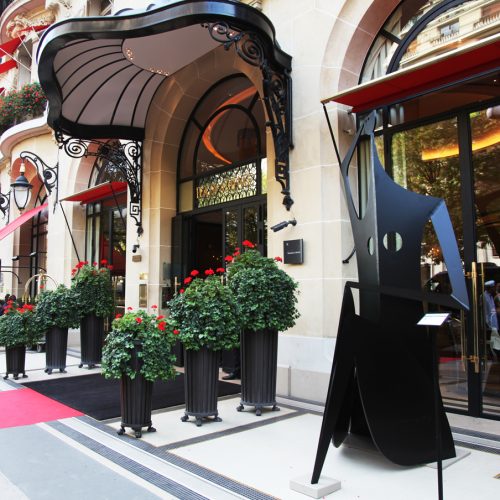 ÉPICURIENNE H. 275cm
ÉPICURIENNE H. 275cm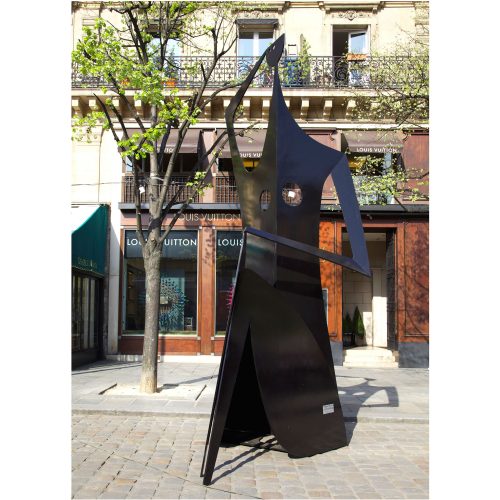 Épicurienne H. 5M
Épicurienne H. 5M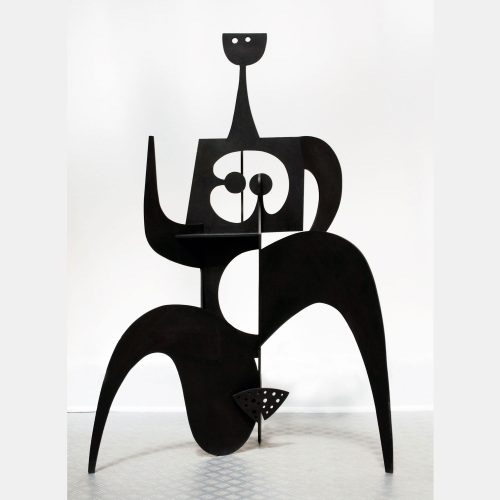 MARATHONIENNE – 275 cm
MARATHONIENNE – 275 cm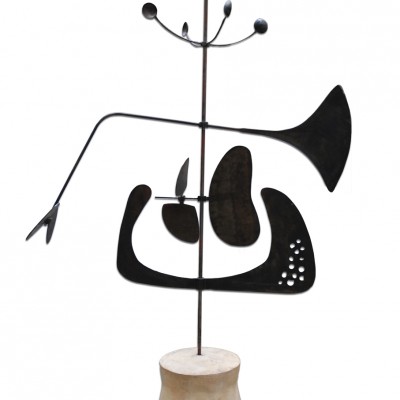 Grande Girouette
Grande Girouette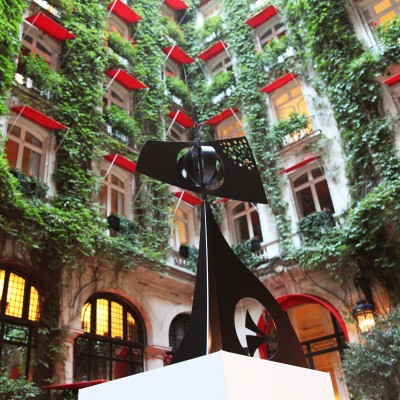 GIROUETTES MARBELLA – SHANGHAI 1M
GIROUETTES MARBELLA – SHANGHAI 1M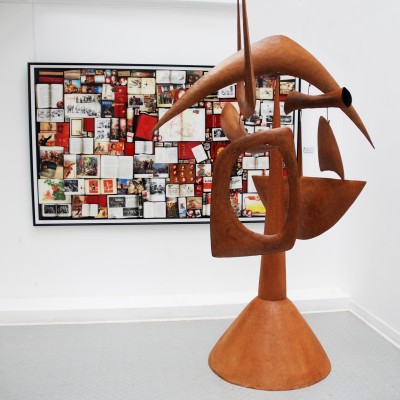 Reorneadora – 2.2M
Reorneadora – 2.2M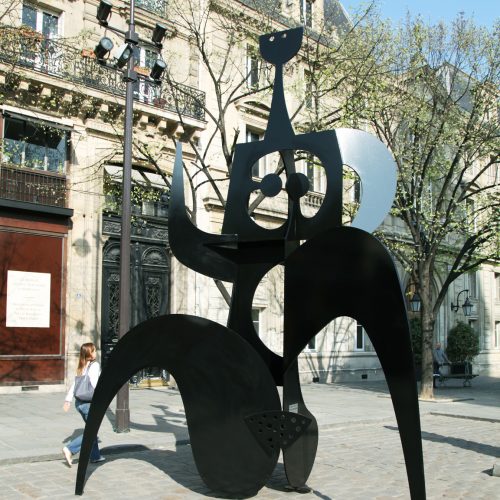 MARATHONIENNE H.5M
MARATHONIENNE H.5M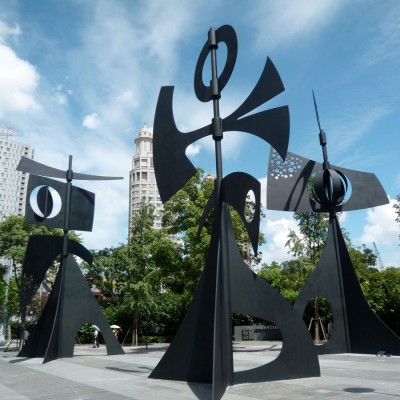 GIROUETTES MARBELLA-SHANGHAI H.12M
GIROUETTES MARBELLA-SHANGHAI H.12M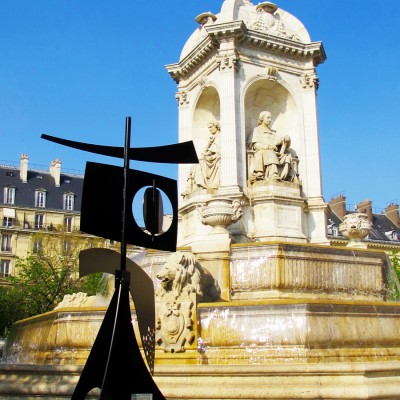 GIROUETTES MARBELLA-SHANGHAI H.350cm
GIROUETTES MARBELLA-SHANGHAI H.350cm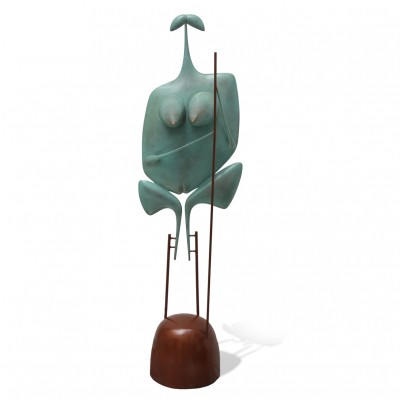 La Grande Échassière
La Grande Échassière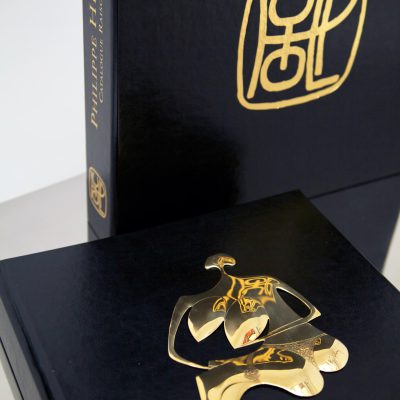 CATALOGUE RAISONNÉ PHILIPPE HIQUILY – PRESTIGE EDITION
CATALOGUE RAISONNÉ PHILIPPE HIQUILY – PRESTIGE EDITION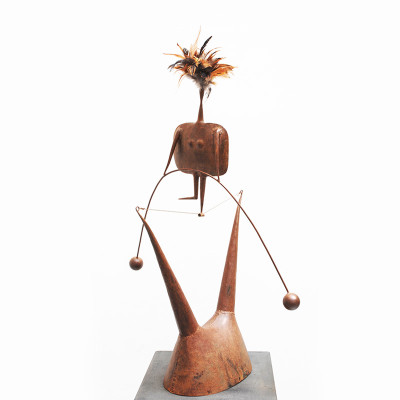 LE FUNAMBULE H.75cm
LE FUNAMBULE H.75cm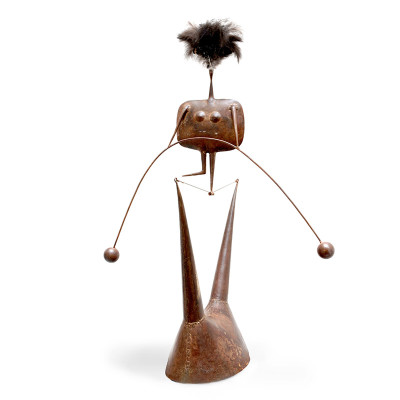 LE FUNAMBULE H.150cm
LE FUNAMBULE H.150cm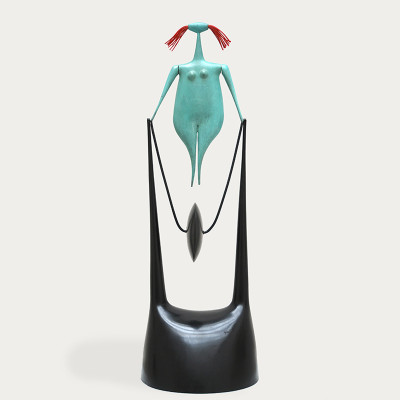 MOULINETTE
MOULINETTE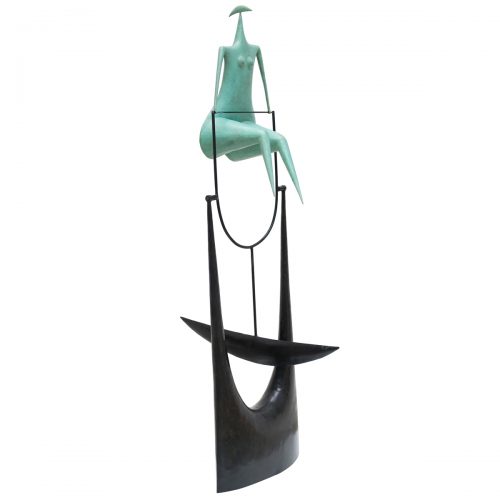 GRANDE GALIPETTE
GRANDE GALIPETTE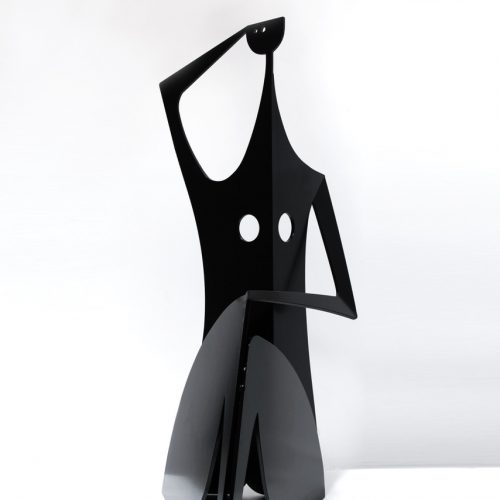 ÉPICURIENNE H.85cm
ÉPICURIENNE H.85cm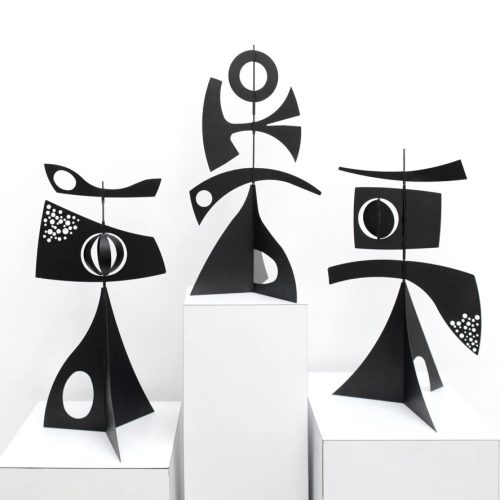 GIROUETTES MARBELLA – SHANGHAI 42 cm
GIROUETTES MARBELLA – SHANGHAI 42 cm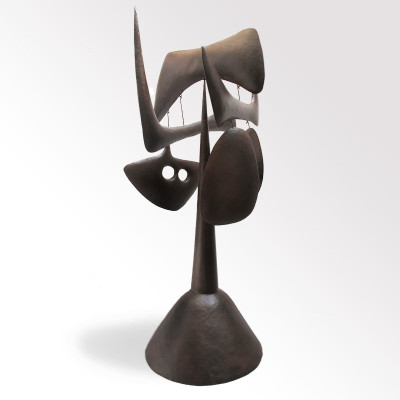 CHENG SAN H. 2m
CHENG SAN H. 2m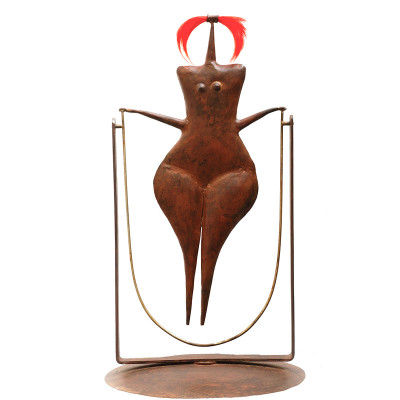 LA SAUTEUSE
LA SAUTEUSE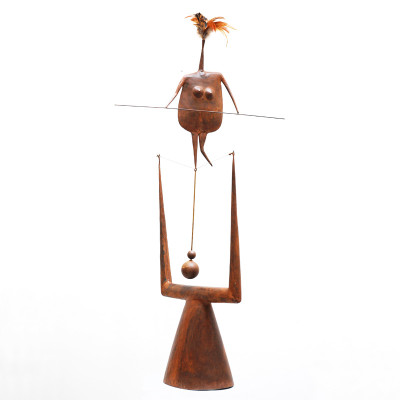 LA FUNAMBULEUSE
LA FUNAMBULEUSE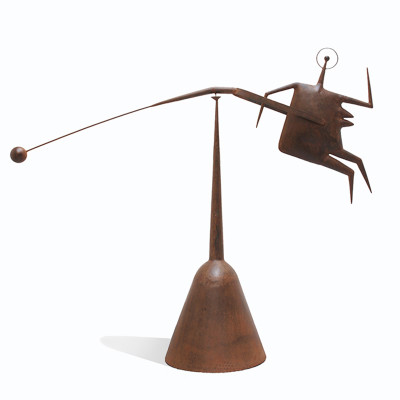 COSMONAUTE
COSMONAUTE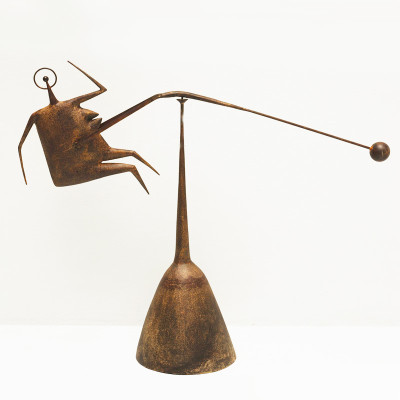 GRANDE COSMONAUTE
GRANDE COSMONAUTE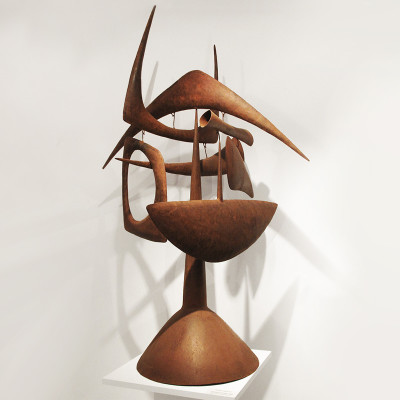 REORNEADORA – 110cm
REORNEADORA – 110cm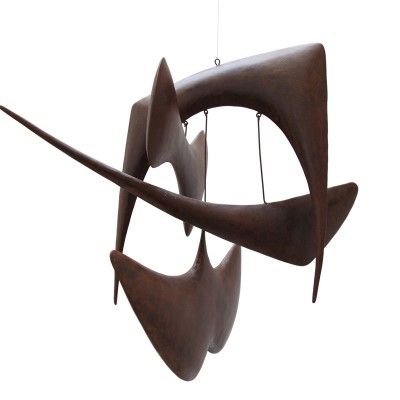 CHENG ER
CHENG ER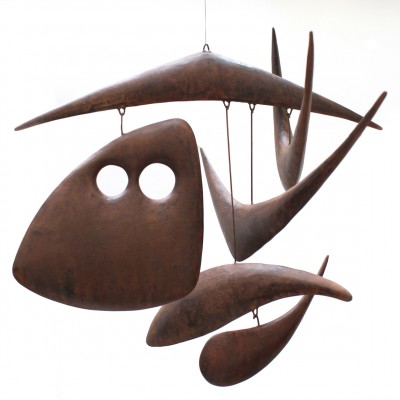 CHENG YI
CHENG YI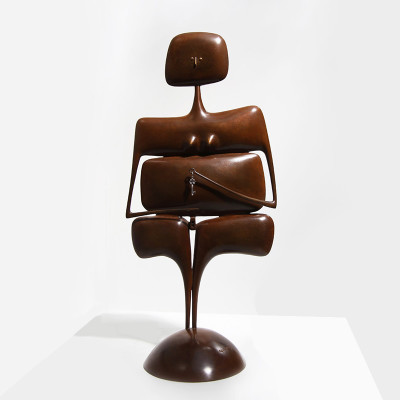 VIRGINIE
VIRGINIE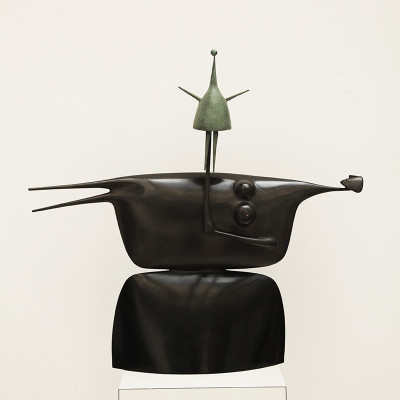 MARIONNETTE
MARIONNETTE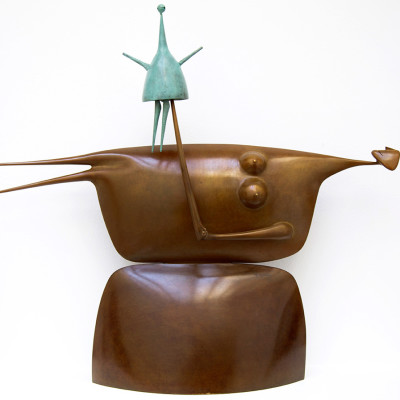 MARIONNETTE Marron
MARIONNETTE Marron ÉPICURIENNE H.85cm
ÉPICURIENNE H.85cm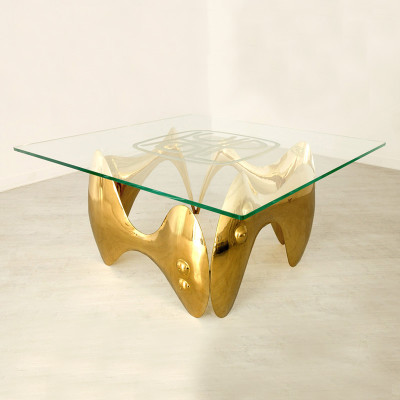 TABLE FEMME
TABLE FEMME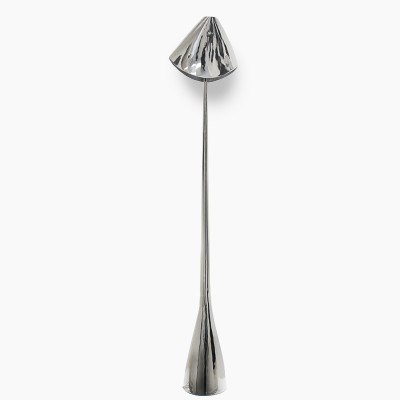 LAMPADAIRE
LAMPADAIRE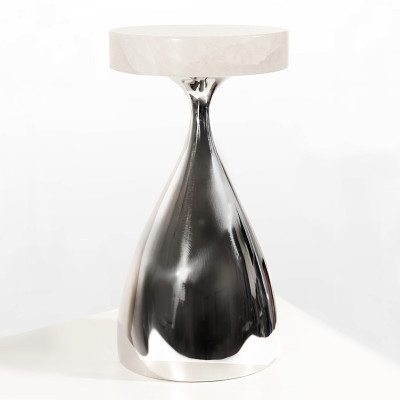 QUILLE – STAINLESS STEEL AND TOP WITH ROCK CRYSTAL
QUILLE – STAINLESS STEEL AND TOP WITH ROCK CRYSTAL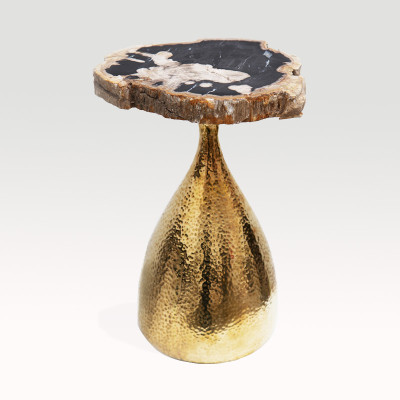 QUILLE – Brass with FOSSILIZED WOOD STONE
QUILLE – Brass with FOSSILIZED WOOD STONE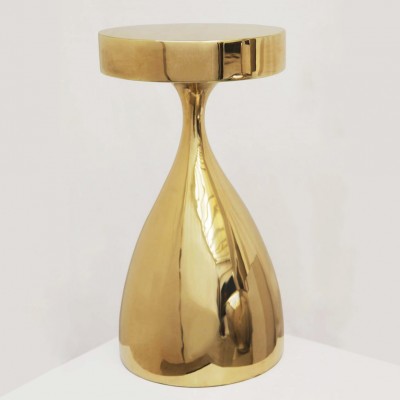 QUILLE – BRASS
QUILLE – BRASS